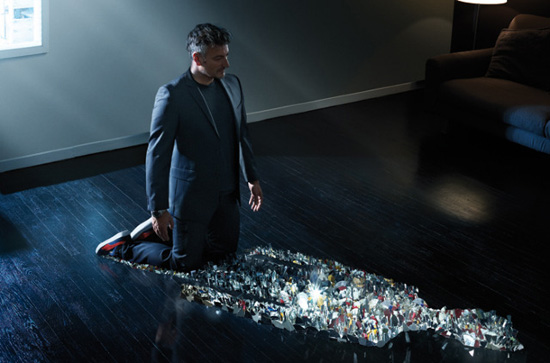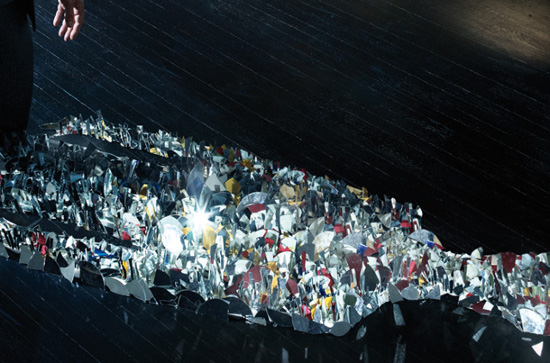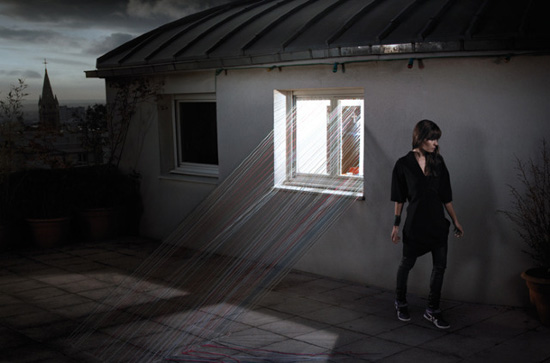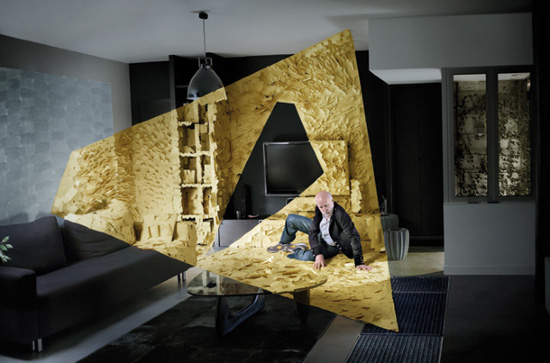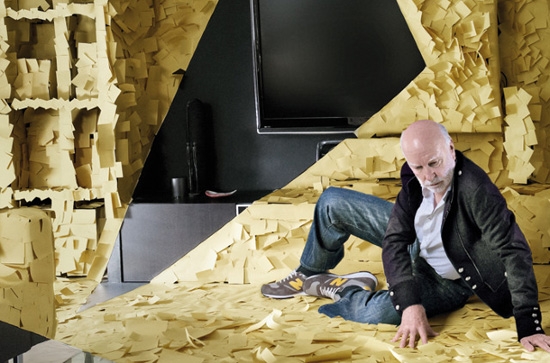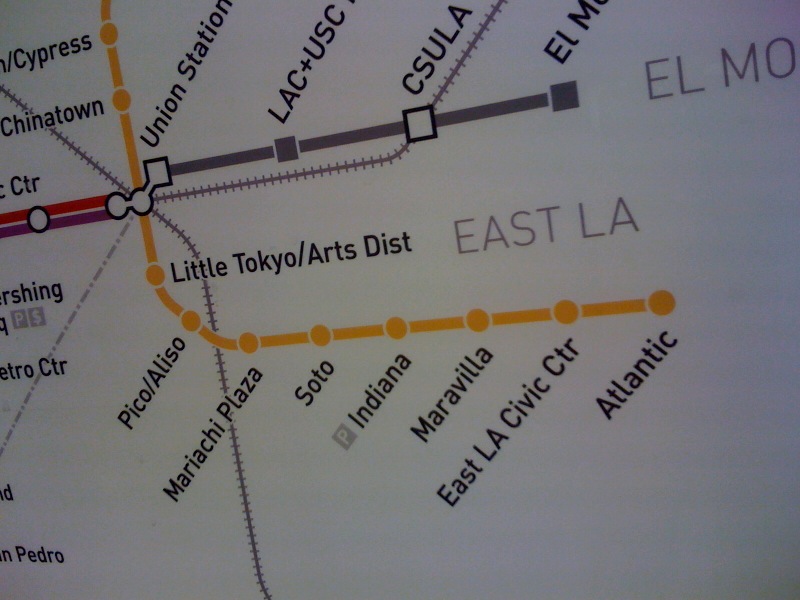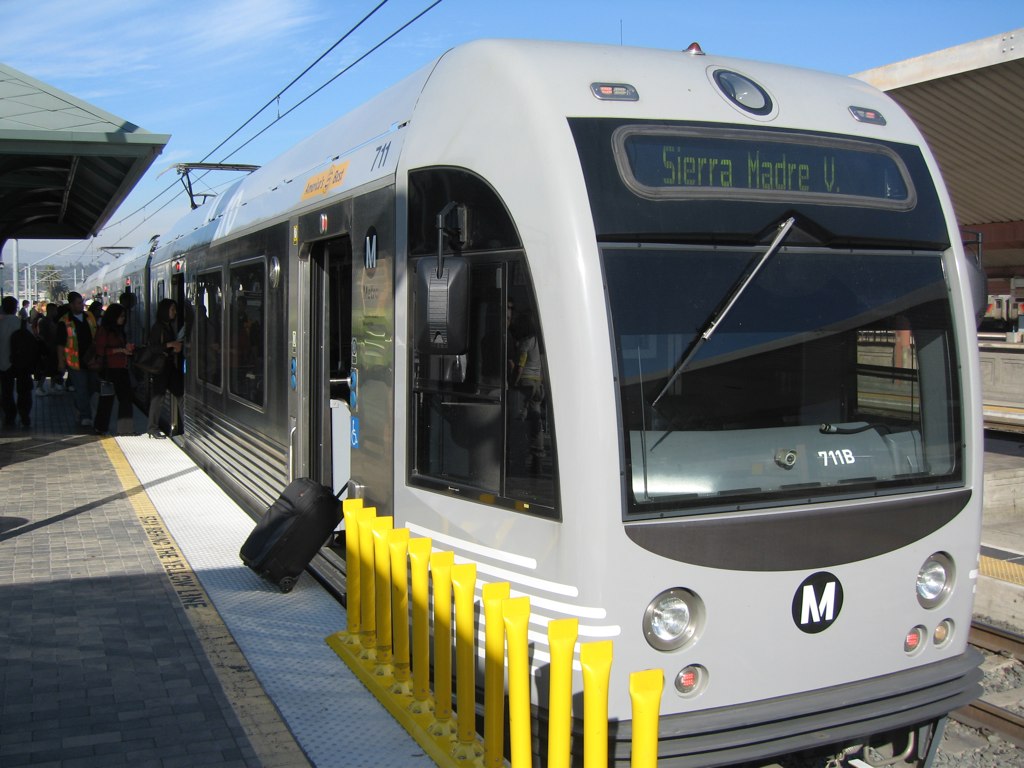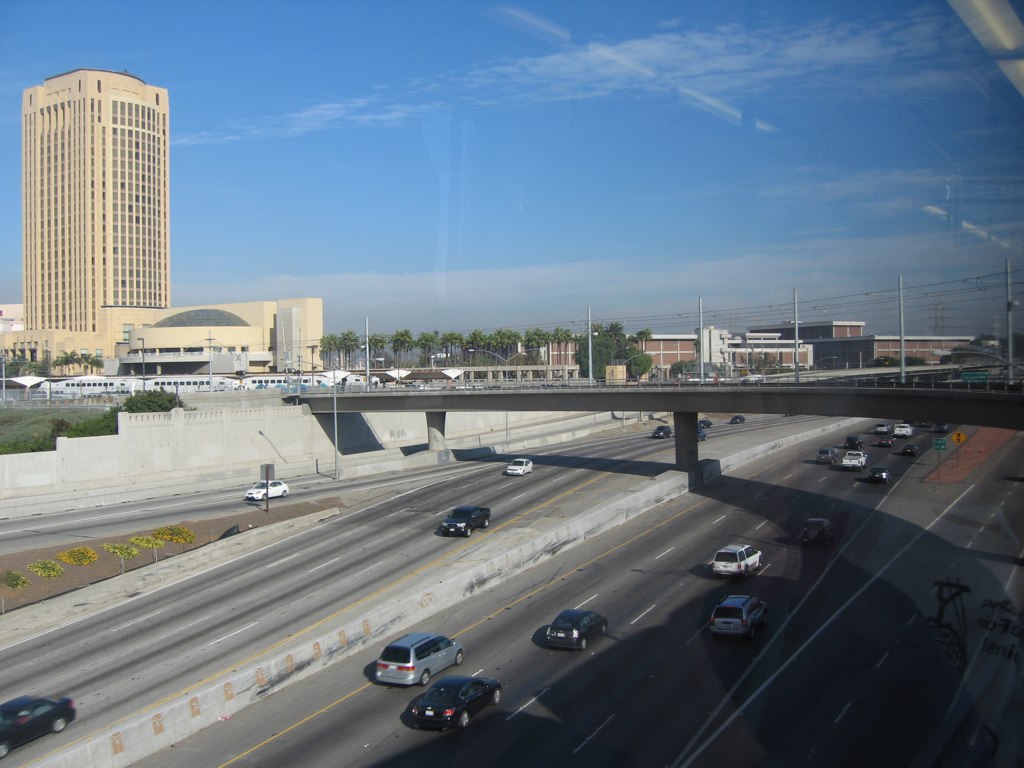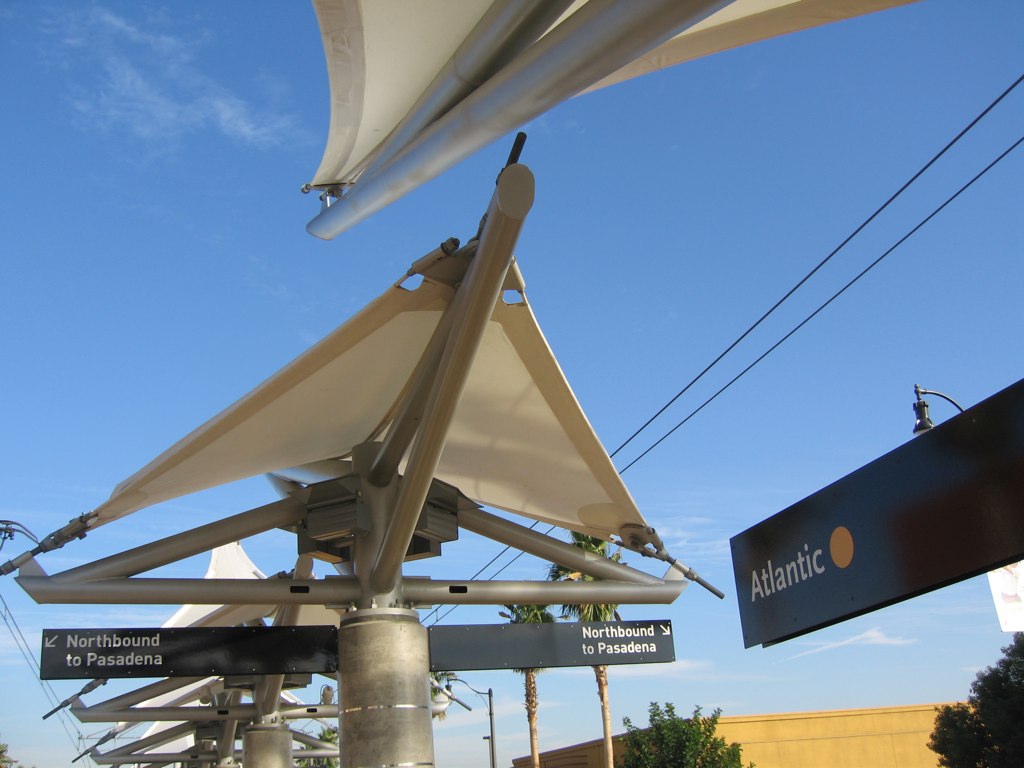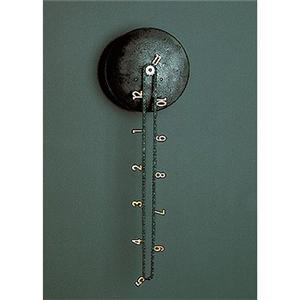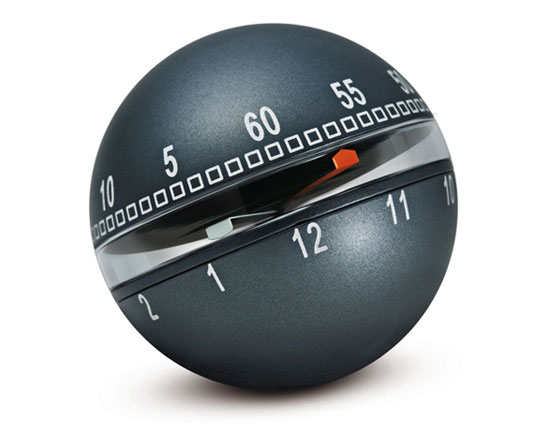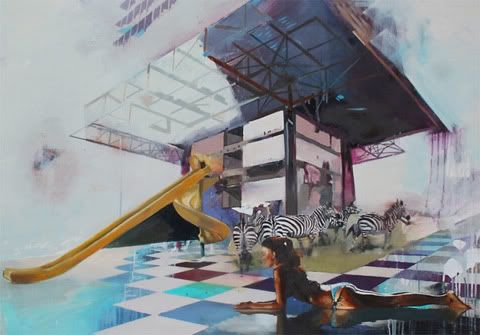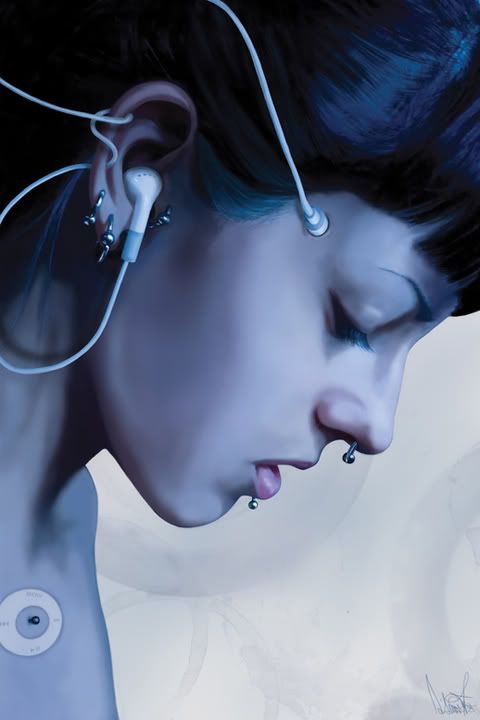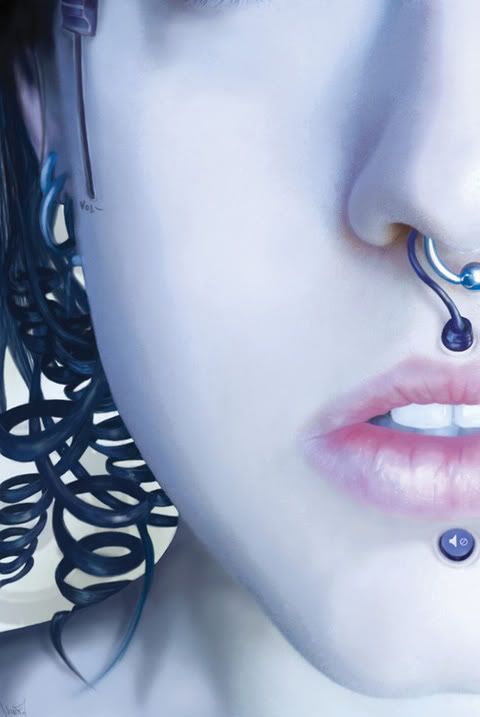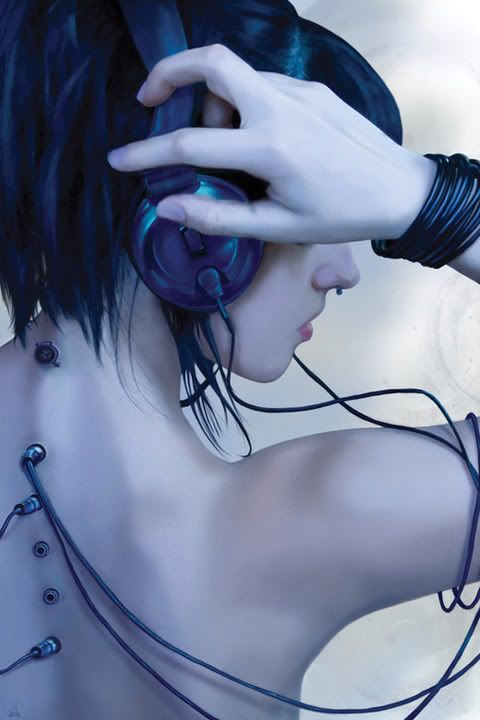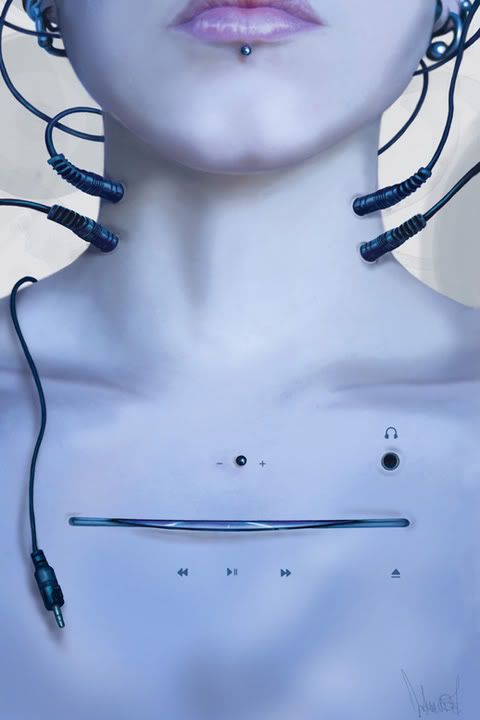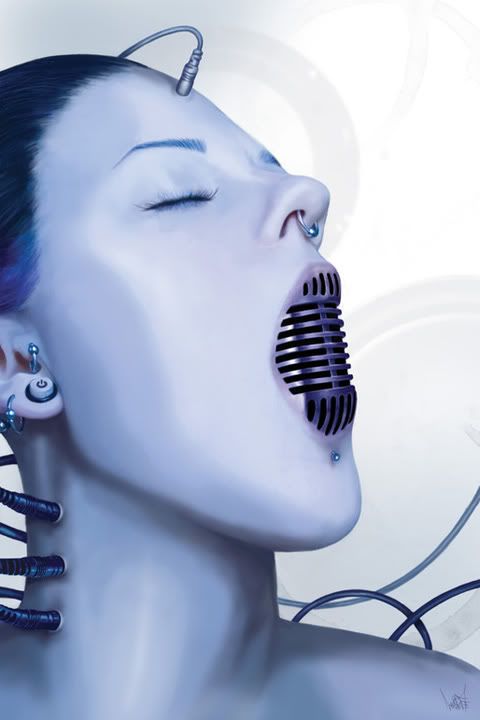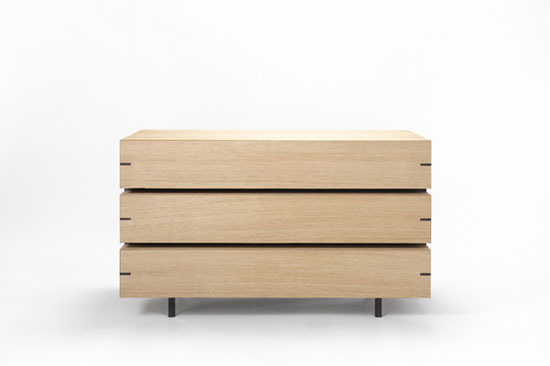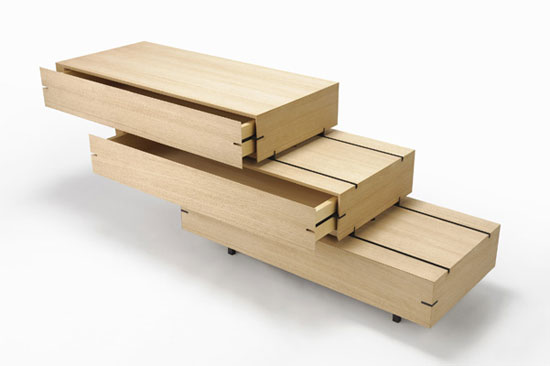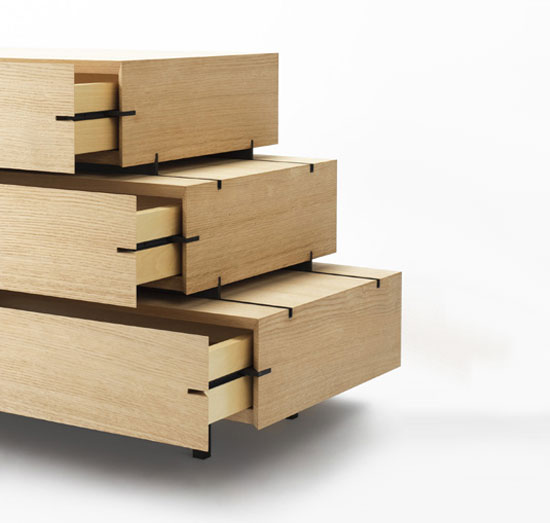The library is dead, long live the library.
The culture of information has eclipsed the traditional notion of library doors as the gateway to knowledge. Perhaps now it would be better to think of the library as the repository of learning space - a place to do your knowledge acquisition, not necessarily the home of that knowledge.
The recent redesign of the interior of the library of the university of amsterdam - by studio roelof mulder and bureay ira koers - removes the books from their erstwhile position and creates spaces for all types of studying. There are computer terminals, quiet rooms, group areas plenty of light and spaces to take a break in as well - but the books? The RFID tagged books have been centralized to a beautiful warehouse-style space that allows students to find and check books out themselves - simplifying locating and re-shelving as well as reducing the burden on staff and increasing the hours during which books are accessible.
The excerpted images below show a sampling of the space including the striking book depository. This renovation is thought of currently as a tide-over project until a new library can be designed and built - but one has to wonder if the books would return to their traditional shelves after this?
Also consider as e-reader devices take greater prominence - more universities will hand out the devices loaded with textbooks and other material - all aiming at paperlessness - and further cementing the new role of the library - perhaps one day we'll refer to it as a gnariary or sciarca - but latin isn't my strong suit - had studied in a better space in 6th grade, perhaps it would be.
via DesignBoom
all images courtesy studio roelof mulder and bureay ira koers
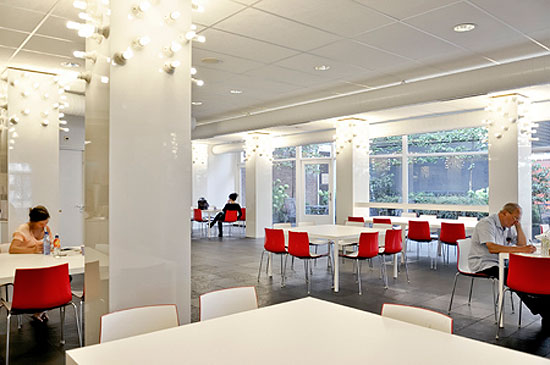
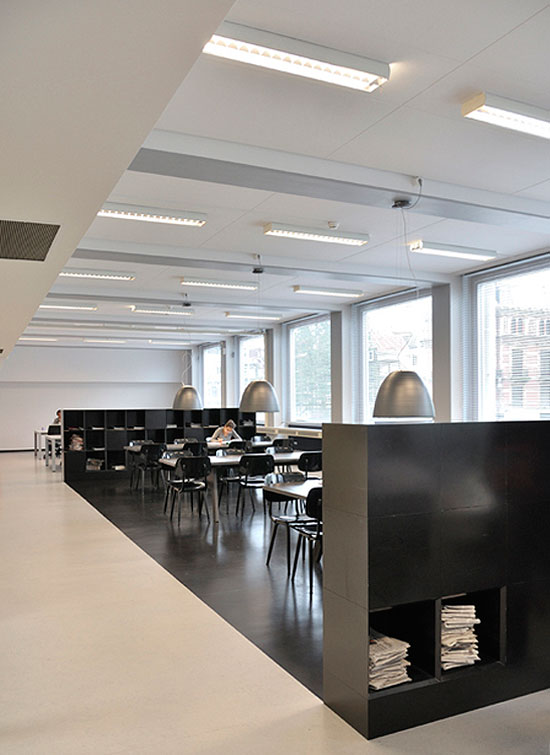
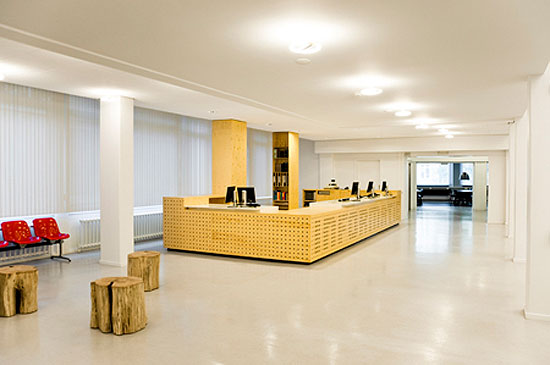
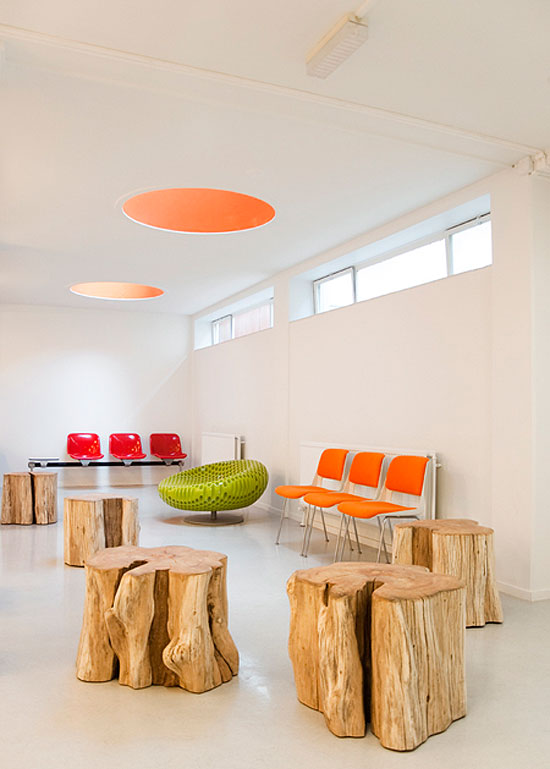
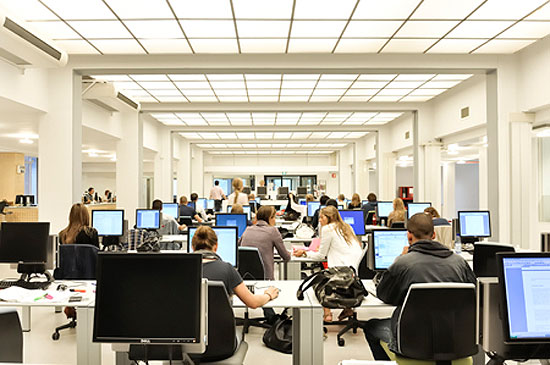
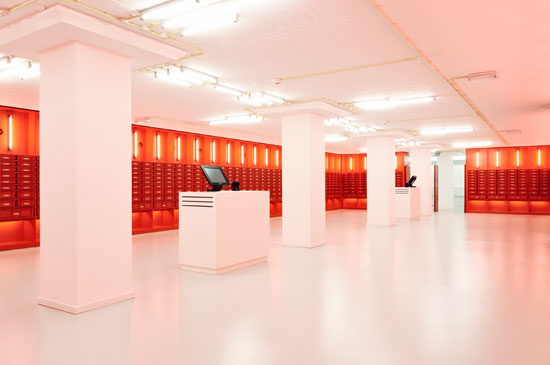

"



